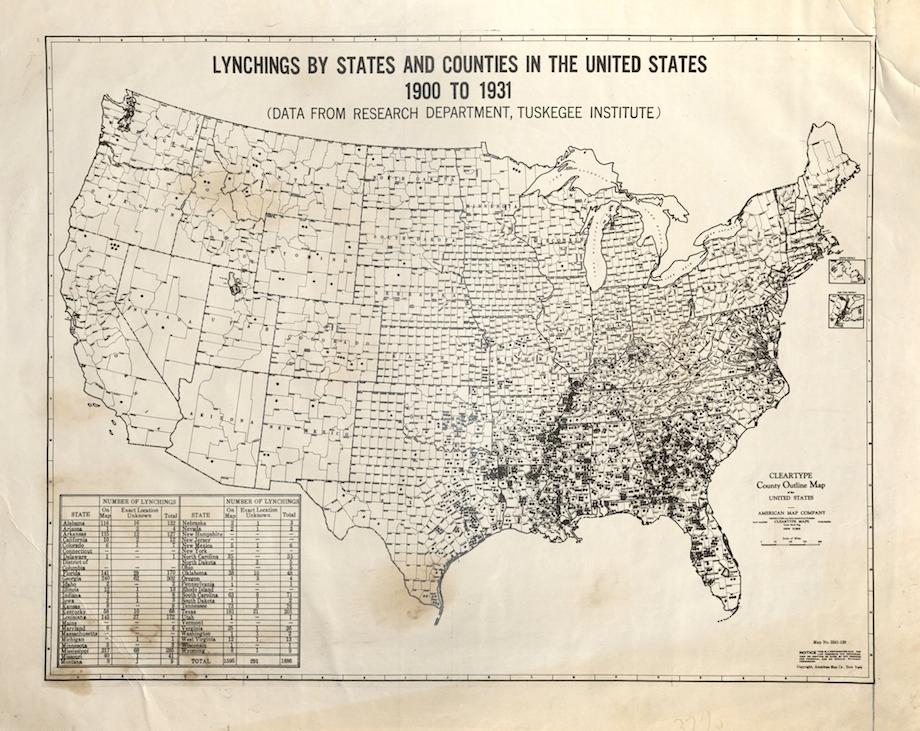By Dr. Horace Huntley
In the twilight of America’s development, people of African descent were denied the consideration of being human beings. Citizenship was not in question, their humanity was not simply doubted, it was denied by the Founding Fathers. According to the U.S. Constitution, Africans were 3/5 of a person, and therefore, deemed to be on the level of a beast of burden. In the 17th century the institution of slavery was created for the purpose of controlling those who were of the darker hue. From the 1650s to 1865 slavery was the law of the land.
Black people defended their own humanity by consistently devising methods to reverse their enslavement.
They fought against the American nation, when the British Governor of Virginia declared that all Africans who fought for the British Crown would gain their freedom after the War. Insurrections led by Denmark Vesey, Gabriel Prosser and Nat Turner sent messages of revolt throughout the first half of the 19th century. Harriet Tubman and Sojourner Truth were warriors in the struggle against America. In 1857 Dred Scott tested the United States Courts, and was told by the Supreme Court that Blacks “had no rights that the white man was bound to respect.”

Courtesy of The Amistad Research Center, Tulane University.
The second half of the 19th century witnessed the end of slavery, but the beginning of other forms of slavery and terror, such as the crop-lien system, sharecropping, the convict lease system, and the KKK. W.E.B. DuBois described the plight of Black people when he said, “The slave went free, stood a brief moment in the sun, then moved back again toward slavery.” To enforce the subordination of Black people, lynching became the mode of operation of white supremacists. Between the 1890s and the 1920s more than 2000 people died at the hands of the white lynch mob. Jim Crow laws, de jure, became the control mechanism of the 20th century in the South. While outside of the South de facto segregation reigned supreme.

In the first decade of the 21st century Michelle Alexander wrote a book entitled, The New Jim Crow: Mass Incarceration in the Age of Colorblindness. Alexander makes a case for the end of the second Reconstruction. The use of terror tactics are evident in the 19th and the 20th century Reconstructions. Just as the convict lease system was devised to control the African American in the 19th century, Michelle Alexander purports the 20th century mirror image was “mass incarceration [which] is a massive system of racial and social control. It is the process by which people are swept into the criminal justice system, branded criminals and felons, [and] locked up for [long] periods of time.”
Even with many accomplishments achieved by the 21st century, including the right to vote, to hold political office, the ability to legally organize against white supremacy, even to elect a Black man to the highest office in the land, the mentality that dubbed Black folk as inferior is still in vogue. Some even suggest that we are viewed as less than human, as illustrated by the murderous attacks on black men, women and children by police. In 2015 alone, more than 100 persons were slain by police, many were unarmed and all killings were unjustified.
A Movement For The 21st Century has evolved as a response to the Madness of White Supremacy.
As described on the Aspen Ideas Festival website:
“Born online after the not-guilty verdict in the killing of Trayvon Martin, and translated to the streets after the killing of Michael Brown, #BlackLivesMatter is an organization, a movement, and a rallying cry for racial justice.
Even as the historic presidency of Barack Obama comes to an end, systematic racial injustice persists: young black men are 21 times more likely than their white counterparts to be shot by police, public schools are more segregated now than ever, and black unemployment is two times that of whites.
How is #BlackLiveMatter, and its ideal of ‘unapologetic blackness,’ shaping a new dialogue around human rights in the 21st century?
What’s next for activists pushing for progress?
And how should people of all races engage with the movement and become allies for equality?”
____________________________

Dr. Horace Huntley










